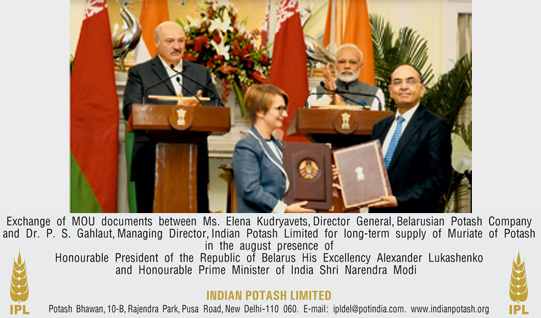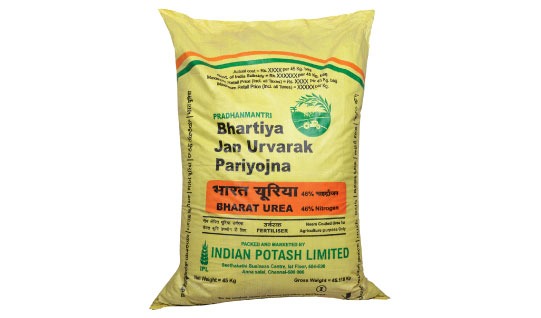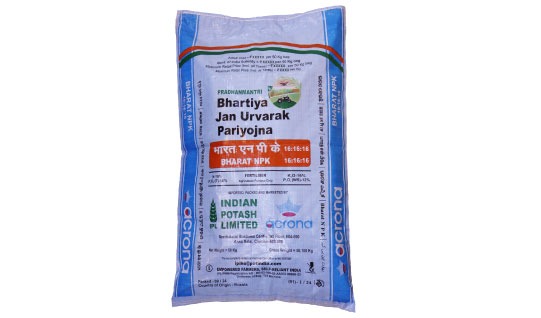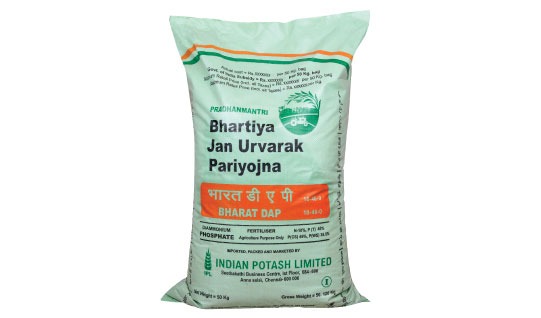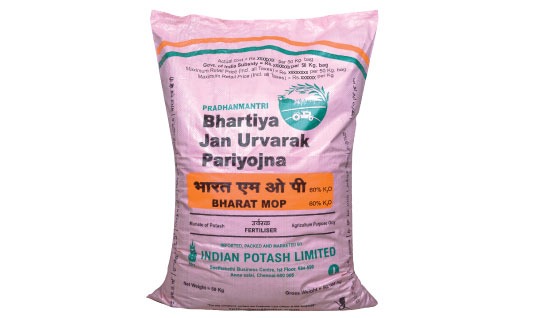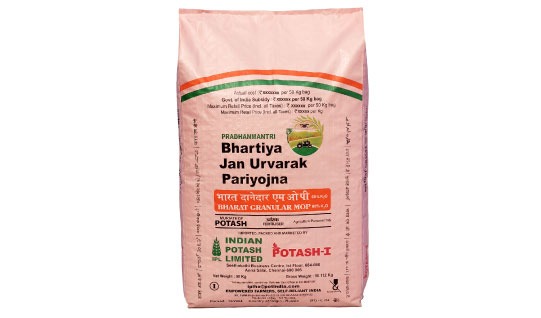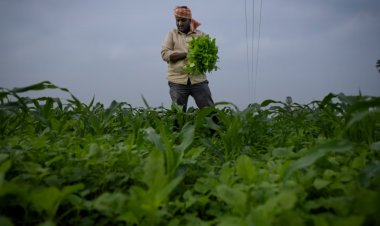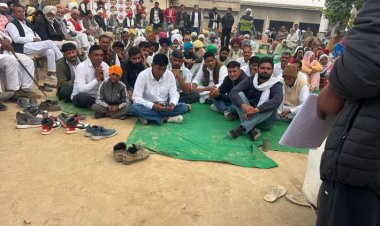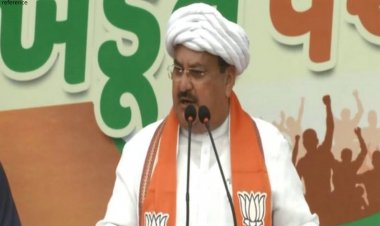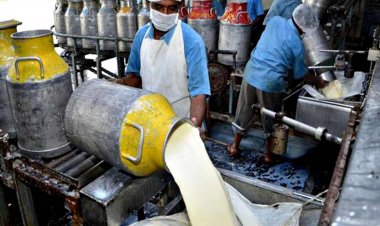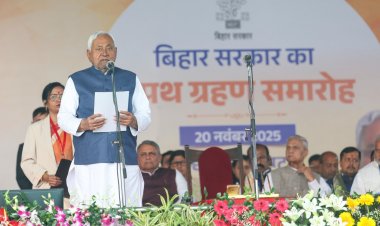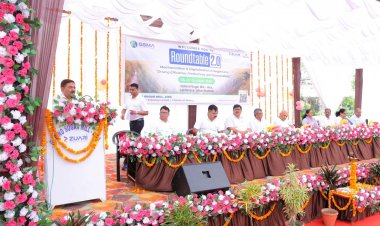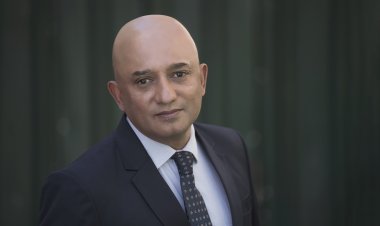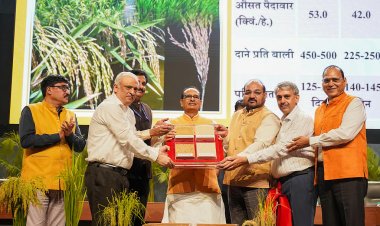Dr. Manmohan Singh, Architect of Liberal Economy, Made Significant Contributions for Farmers
Many opposition parties that once accused the government of implementing liberalisation under pressure from the World Bank and IMF have also held power at the Centre since then. Yet, the economic direction set in 1991 has remained unchanged.

Former Prime Minister Dr. Manmohan Singh passed away at the age of 92. Along with tributes pouring in, his tenure as Finance Minister from 1991 to 1996 and as Prime Minister from 2004 to 2014 is being closely evaluated. While he is not the only leader in the country to have held both these prominent positions, his unparalleled contributions to the Indian economy and national development set him apart. As Finance Minister in the Congress-led minority government under Prime Minister P.V. Narasimha Rao, Dr. Singh spearheaded the era of economic liberalisation through the landmark New Industrial Policy of 1991. To this day, no government or finance minister has considered deviating from the transformative path he charted.
Many opposition parties that once accused the government of implementing liberalisation under pressure from the World Bank and IMF have also held power at the Centre since then. Yet, the economic direction set in 1991 has remained unchanged. Faced with a severe economic crisis and a balance of payments challenge in 1991, Dr. Manmohan Singh, as Finance Minister, played a pivotal role in stabilising the economy. Later, as Prime Minister, he oversaw the fastest GDP growth in the country’s history, cementing his legacy as a transformative leader in India's economic journey.
During Dr. Manmohan Singh's tenure as Prime Minister, significant decisions were made in the agriculture sector, leading to transformative changes. One notable example was the country’s largest-ever farm loan waiver of approximately Rs 70,000 crores. This initiative was more than just debt relief- it enabled millions of farmers, previously ineligible for fresh credit due to outstanding loans, to access new financial opportunities.
Between 2004 and 2014, the agricultural sector witnessed favorable terms of trade, driven largely by high global prices for agricultural commodities. The economic growth during this period also had a profound impact on the rural labor force. From 2004-05 to 2011-12, the proportion of India's workforce engaged in agriculture dropped significantly, from 58% to 48.9%. For the first time in the country’s history, the absolute number of workers in agriculture fell, from 26.86 crore to 23.19 crore. This marked a pivotal shift towards structural transformation in the Indian economy. Between 2011-12 and 2018-19, the share of agriculture in the total workforce further declined to 42.5%. Interestingly, this trend reversed post-2019, with the share rising again to 46.1% by 2023-24.
During Dr. Manmohan Singh's tenure as Finance Minister, the doors to foreign investment in manufacturing were opened, paving the way for the growth of India's financial and stock markets. While he worked to dismantle government control and the restrictive license-permit raj, there was resistance from a group of industrialists known as the Bombay Club, who lobbied for protection from foreign competition. However, these challenges were swiftly overcome, marking a turning point in India's economic journey.
Under his leadership, the foundation for the IT sector's development was laid, and the private sector emerged as the preferred avenue for employment. The auto industry, once dominated by a handful of companies, saw an influx of nearly all major global auto brands, transforming India into a significant exporter. Localisation requirements compelled companies to manufacture within India, spurring domestic industrial growth. Similarly, the liberalisation policy attracted numerous consumer durables giants to India, enriching the market. This economic transformation gave rise to a new middle class, whose purchasing power and aspirations drew global attention to the Indian market, cementing its importance in the global economic landscape.
The establishment of SEBI to regulate the stock market, which gave rise to a new class of market-savvy investors in the country, and the creation of the online National Stock Exchange (NSE) to end the monopoly of the Bombay Stock Exchange and regional stock exchanges, stand out as his notable contributions. Furthermore, the opening of the banking sector to private players and foreign investments yielded transformative results, evident in the emergence of HDFC Bank and ICICI Bank as the nation's largest financial institutions. This period also witnessed the entry of global banks into India’s retail banking space.
Simultaneously, the insurance sector was opened to private participation, laying the foundation for its modern structure. The telecom sector, too, underwent significant liberalisation during this era, inviting private investment and fostering rapid growth. These reforms led to the emergence of new economic sectors, generating large-scale employment opportunities. It was a transformative time when the middle class, as we know it today, began to thrive and progress, riding the wave of economic liberalisation.
During his tenure as Finance Minister, Dr. Manmohan Singh navigated challenging times. While the growth rate did not reach exceptional highs, his policies laid the foundation for India's integration into the global economy. Key measures included liberalising conditions for foreign direct investment, reducing controls on imports and exports, and simplifying remittance rules for sending money to India. Under his leadership as Finance Minister, India's growth rate stood at 5.1%, which increased to 5.9% between 1996-97 and 2003-04. This period marked the gradual dismantling of the 'Hindu rate of growth' - a term symbolising India's historically sluggish economic growth - and reshaped perceptions of the country's economic potential. Dr. Singh also initiated critical tax reforms, including the introduction of service tax, which would go on to strengthen India's fiscal framework.
MS as Prime Minister
Dr. Manmohan Singh's tenure as Prime Minister marked a period of remarkable economic growth for India, with the economy achieving an average growth rate of 6.8% between 2004-05 and 2013-14. While his tenure as Finance Minister laid the foundation for market-driven economic liberalisation, his leadership as Prime Minister focused on empowering the weaker sections of society. Landmark initiatives such as the Right to Information, Right to Education, Right to Food, and MNREGA highlighted his government's commitment to social justice and welfare. The UPA era became synonymous with significant investments in the social sector and public welfare schemes. Additionally, the historic nuclear deal with the United States and Dr. Singh's global diplomacy enhanced India's stature on the world stage.
During this period, the global economic crisis of 2008 emerged, posing a significant challenge. However, the proactive measures taken by the government played a crucial role in shielding the Indian economy from the worst impacts of the crisis. That said, the liberal policies adopted to encourage investment and promote the private sector inadvertently gave rise to a new issue: the Twin Balance Sheet Crisis. Coined by former Chief Economic Advisor and Reserve Bank Governor Raghuram Rajan, this crisis highlighted a dual predicament - companies that had borrowed heavily faced substantial losses, while banks that had generously extended loans also suffered severe financial setbacks.
During his tenure as Finance Minister and Prime Minister, Dr. Manmohan Singh did not make any major decisions specifically for the agriculture sector. However, the period from 2004 to 2014 saw better earnings for Indian farmers, driven by rising commodity prices in the global market. In 2009, his government took a landmark step with the farmer loan waiver, amounting to approximately Rs 70,000 crores, which became a significant factor in the Congress' victory in the 2009 Lok Sabha elections. Additionally, during his tenure, the Dr. M.S. Swaminathan Committee report was released, which provided key recommendations that farmers have long demanded, including the fixing of MSP. Dr. Singh appointed Dr. Swaminathan as the chairman of the Farmers Commission, but despite this, the Manmohan Singh government did not fully implement all the Commission's recommendations.
Under Dr. Manmohan Singh's leadership, the UPA government introduced a law that provided better bargaining power to farmers in land acquisition. When the farmer suicide crisis erupted in Vidarbha, a sub-committee of the National Development Council was formed to address the issue. During this period, the government also accepted recommendations to increase the Minimum Support Price (MSP) of crops by 80 percent. Additionally, it is noteworthy that during his tenure, the terms of trade were favorable for farmers. However, in the last decade, the terms have turned negative, meaning the income farmers receive from selling their produce has been outpaced by their costs of inputs and living expenses, weakening their financial condition.
Dr. Singh's tenure also laid the foundation for the country's digital revolution, particularly through advancements in the banking, telecom, and IT sectors, driven by liberalisation. Initiatives like Aadhaar and Direct Benefit Transfers (DBT) were launched under his leadership, which later became central to India's digital and fintech transformation. However, due to political challenges, the UPA government struggled to take credit for or expand these efforts.
In his second term as Prime Minister, a series of corruption scandals began to emerge, tarnishing his image. During this time, the economy faced multiple challenges, particularly within the banking sector, which suffered from stagnation in infrastructure investment. The final two years of his second term were marked by difficult circumstances, with the atmosphere ripe for the BJP's rise to power. Ironically, the very class that benefitted most from his economic liberalisation policies became some of his harshest critics. Sadly, Dr. Singh's modesty was often viewed as a weakness. Nevertheless, he remained optimistic until the end.
Now that Dr. Manmohan Singh is no longer with us, a flood of emotional tributes is pouring in, accompanied by a sense of collective remorse. This growing acknowledgment raises hope that history will be kinder to him, as the indelible mark he has left on the country is not only enduring but also overwhelmingly positive.



 Join the RuralVoice whatsapp group
Join the RuralVoice whatsapp group




